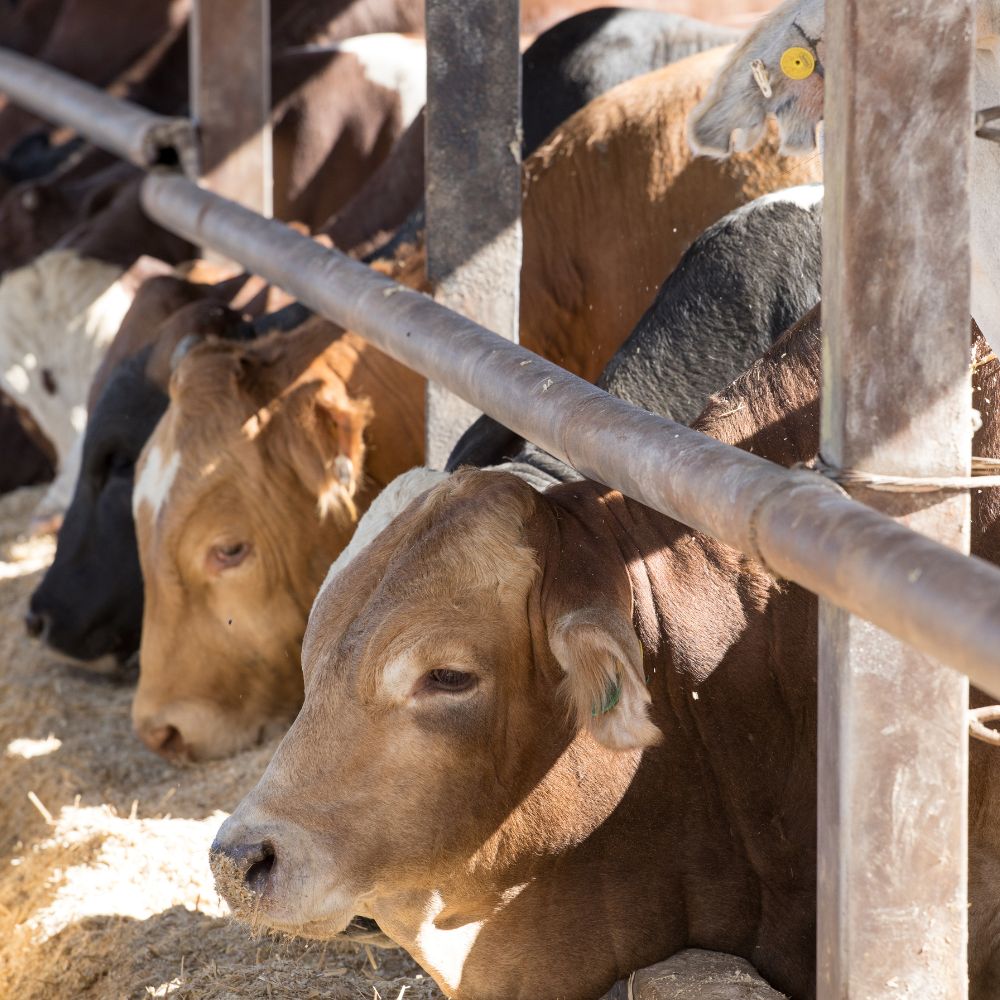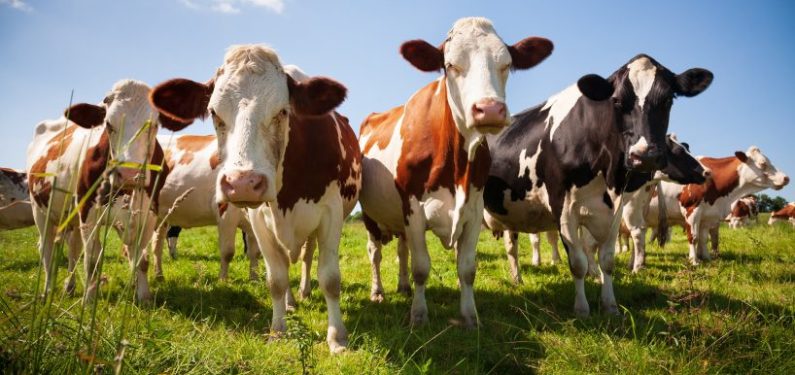Securing Success: Bagley Risk Management Provider
Securing Success: Bagley Risk Management Provider
Blog Article
Trick Variables to Consider When Picking Livestock Danger Protection (LRP) Insurance Coverage
When reviewing options for Livestock Risk Protection (LRP) insurance, several key aspects necessitate mindful factor to consider to make certain reliable threat monitoring in the farming market. Selecting the appropriate insurance coverage choices customized to your certain livestock operation is paramount, as is recognizing just how exceptional prices correlate with the level of protection offered. In addition, the qualification standards for various kinds of livestock and the flexibility of the plan to adjust to altering situations are essential aspects to consider. The performance and transparency of the insurance claims procedure can considerably influence the overall experience and monetary results for livestock manufacturers. By tactically navigating these important elements, manufacturers can secure their financial investments and alleviate potential threats efficiently.
Insurance Coverage Options
When thinking about Animals Threat Protection (LRP) insurance policy, it is important to recognize the numerous insurance coverage options offered to minimize risks in the agricultural industry. Animals Threat Defense (LRP) insurance uses various insurance coverage alternatives tailored to meet the diverse requirements of animals manufacturers. Bagley Risk Management. Among the key coverage options is rate coverage, which secures versus a decrease in market value. Manufacturers can pick the insurance coverage degree that lines up with their cost danger monitoring objectives, permitting them to guard their procedures against potential monetary losses.
One more vital insurance coverage choice is the endorsement period, which establishes the size of time the coverage is in impact. Manufacturers can select the recommendation period that best fits their manufacturing cycle and market conditions. Additionally, coverage degrees and rates differ based upon the type of animals being guaranteed, providing producers the adaptability to personalize their insurance coverage plans according to their certain demands.
Understanding the various protection alternatives offered under Livestock Danger Protection (LRP) insurance policy is critical for producers to make educated decisions that effectively secure their livestock procedures from market uncertainties.
Costs Costs

Animals Risk Security (LRP) insurance supplies crucial insurance coverage alternatives tailored to alleviate threats in the farming field, with a substantial facet to think about being the computation and framework of premium expenses. When figuring out premium prices for LRP insurance, several elements enter play. These include the type and number of livestock being insured, the coverage level chosen, the current market prices, historical rate information, and the size of the protection period. Insurance firms might additionally take into consideration the area of the ranch, as geographical aspects can affect the general danger profile.
Premium expenses for LRP insurance coverage are usually calculated based upon actuarial data and risk assessment versions. Insurers assess historical information on livestock prices and manufacturing costs to figure out a proper premium that mirrors the level of threat included. It is essential for animals producers to carefully examine premium costs and insurance coverage options to guarantee they are effectively protected versus potential monetary losses as a result of adverse market problems or unforeseen events. By recognizing how exceptional costs are determined and structured, manufacturers can make informed choices when selecting the best LRP insurance coverage policy for her latest blog their operation.
Eligible Livestock
The determination of qualified animals for Livestock Risk Protection (LRP) insurance coverage involves careful factor to consider of details criteria and qualities. Livestock types that are usually eligible for LRP insurance coverage include feeder cattle, fed lambs, livestock, and swine. These animals should satisfy certain certifications associated with weight ranges, age, and planned use. In addition, the eligibility of animals might vary based on the specific insurance coverage provider and the terms of the plan.
Feeder livestock, for example, are frequently eligible for LRP insurance coverage if they fall within specified weight varieties. Lambs are an additional group of livestock that can be thought about for LRP insurance, with variables such as weight and age playing an important duty in identifying their eligibility.
Prior to picking LRP insurance for animals, manufacturers should very carefully review the eligibility requirements outlined by the insurance policy supplier to ensure their animals satisfy the essential requirements for protection.
Plan Adaptability
Policy flexibility in Livestock Danger Protection (LRP) insurance coverage allows producers to tailor insurance coverage to suit their certain demands and risk administration methods. This adaptability encourages animals producers to customize their insurance policy policies based on aspects such as the kind of animals they have, market problems, and individual danger resistance levels. One essential element of policy versatility in LRP insurance coverage is the capability to select insurance coverage degrees that align with the manufacturer's monetary goals and run the risk of exposure. Producers can select protection levels that protect them against potential losses as a result of variations in animals costs, ensuring they are sufficiently insured without overpaying for unnecessary coverage. In addition, LRP insurance policy uses versatility in policy duration, enabling producers to select coverage durations that finest fit their production cycles and advertising timelines. By offering customizable alternatives, LRP insurance policy allows producers to efficiently manage their danger direct exposure while safeguarding their livestock procedures versus unanticipated market volatility.
Claims Process
Upon experiencing a loss or damages, manufacturers can initiate the insurance claims procedure for their Livestock Risk Defense (LRP) insurance by immediately calling their insurance copyright. It is essential for manufacturers to report the loss as quickly as possible to accelerate the cases process. When getting to out to the insurance service provider, manufacturers will certainly visite site require to provide comprehensive info concerning the event, including the date, nature of the loss, and any type of pertinent documents such as vet documents or market value.

After the assessment is total, the insurance supplier will choose concerning the case and communicate the end result to the manufacturer. The producer will get settlement according to the terms of their Livestock Threat Defense (LRP) insurance coverage plan if the claim is authorized. It is vital for manufacturers to be acquainted with the claims procedure to make sure a smooth experience in the occasion of a loss

Conclusion
To conclude, when selecting Animals Threat Security (LRP) insurance policy, it is important to think about protection options, premium prices, qualified animals, policy adaptability, and the insurance claims procedure. These key aspects will certainly assist guarantee that herdsmans and farmers are sufficiently shielded versus possible threats and losses connected with their animals procedures. Making an informed decision based on these considerations can inevitably cause much better monetary click here for info safety and comfort for animals producers.
Livestock Threat Protection (LRP) insurance policy offers different insurance coverage choices tailored to meet the diverse needs of animals producers.The resolution of qualified animals for Livestock Risk Protection (LRP) insurance protection involves careful factor to consider of certain standards and features.Plan adaptability in Livestock Danger Protection (LRP) insurance allows manufacturers to customize protection to suit their particular requirements and run the risk of administration techniques.Upon experiencing a loss or damage, producers can start the insurance claims procedure for their Livestock Danger Defense (LRP) insurance policy by quickly calling their insurance provider.In conclusion, when picking Livestock Danger Protection (LRP) insurance, it is essential to consider protection alternatives, premium prices, eligible animals, policy flexibility, and the insurance claims process.
Report this page